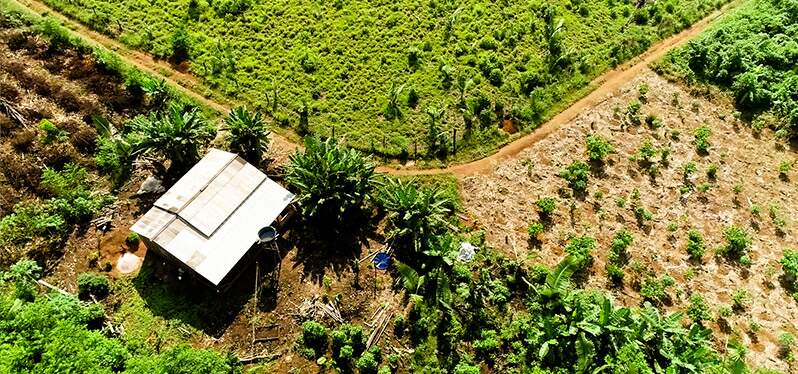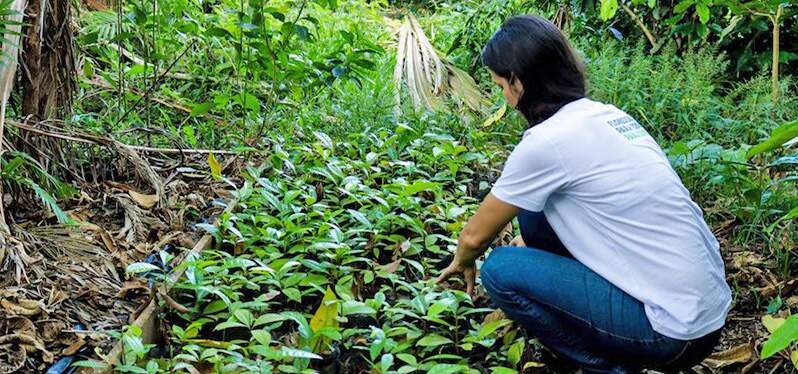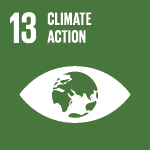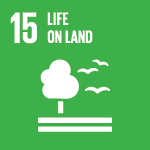Posted in: 07/07/2021
You may not have noticed, but right now, the Amazon finds itself at a historic crossroads. And it is not difficult to understand how this could impact the course of development, conservation and restoration of the Amazon area.
The international trend in prioritizing agendas for the global management of biodiversity and carbon stocks contrasts with the national reality of high annual deforestation rates.
The global context indicates that, at the beginning of the decade until 2030, the perspectives pointed out by science about the need for mitigation and adaptation in the short term to climate change favor the emergence of several initiatives and movements aimed at sustainability, around a regenerative, low carbon, transparent and socio-environmentally responsible economy.
Graph 1 – Annual deforestation rates in the Amazon from 1998 to 2020. Taken from the ((o))eco website
The accumulation of knowledge on the development of production chains in the Amazon, and on their socio-environmental impacts and benefits, provokes reflection on the rationality in maintaining historical forms of use and occupation from soil in the Brazilian Amazon.
As important studies point out, in the Amazon territory, forest degradation is not accompanied by an improvement in the living conditions of local populations[1]. Nor do forests give rise to production chains that are decisive for the regional and national economy.
The Gross Domestic Product (GDP) of the Legal Amazon, which occupies 60% of the national territory, is 623 billion reais, which corresponds to 9% of national production. Of this Amazonian GDP, 65% comes from industry and services, and only 12% from agriculture and cattle raising. There are 750 thousand km² of suppressed forest in the Legal Amazon, and the region contributes 14.5% of the national agricultural GDP. If we make a comparison, São Paulo has an agricultural area of 193 thousand km², and accounts for11.3% of national production (Nobre et al, 2016).
Between 2007 and 2016, the average deforestation of 7.410 km² per year resulted in the addition of 0.013% to the Brazilian GDP, according to the Zero Deforestation Working Group document, presented in 2017 at the United Nations Climate Change Conference(COP 23), in Bonn, Germany.
These data seem to point to the fact that the issue is no longer the old opposition economy versus ecology, developmentalism versus conservation. There is no economic or social rationale for maintaining deforestation in the Amazon today.

A 2017 study, published by Instituto Escolhas, points out that “if all deforestation – and the consequent expansion of the agricultural frontier – in Brazil ended immediately, whether legal or illegal, including public and private lands, there would be an minimal impact on the country’s economy.”.
This would indicate that, according to the data analyzed, there would be a “reduction of only 0.62% of the accumulated GDP between 2016 and 2030, which would correspond to a decrease in GDP of R$ 46.5 billion in 15 years, or R$ 3.1 billion a year.”. The conclusion of the study was that this amount would be much lower than what is invested by the Brazilian government in several areas considered priority.
As we said earlier, deforestation does not result in an improvement in the living conditions of the population in the expansion areas, as shown by studies carried out by the NGO Imazon, which points to a detachment between suppression and socioeconomic development. The economy of municipalities in these territories tends to follow a short-term upswing and then declines. That is, in the first years of economic activity, there is an elusive and rapid growth (boom), followed by a severe decline in income, employment and tax collection (collapse).
The economy of the Amazon has historically distanced itself from the vocations and potential of its forests, navigable rivers, estuary and ocean coast, substituting large portions of space for forms of use and occupation with low economic profitability and high socio-environmental cost. Faced with the unequivocal perception of the need to review the paradigms for territorial planning in the Amazon, the structuring of new sustainable production chains that adhere to the potential of the forest emerges as a pole of innovation and engagement at different levels.
In this scenario, the Amazon becomes the global locus of impact investing and sustainable production chains. A diverse institutional, social and cultural ecosystem outlines a network articulation in favor of unlocking these production chains centered on the idea of bioeconomy, a concept still with different definitions, associated with the notion of generating value in products compatible with the standing forest.
Various initiatives show the multiplicity of actors seeking synergies and ways to structure the bioeconomy of the future. Among them, the Forum for Innovation in Investment in the Bioeconomy of the Amazon, the Business Connection Brazil (held by the IDB), the AMAZ Aceleradora de Impacto, the Amazon 2030 project, the network “Uma Concertação pela Amazônia”, the Private Social Investment platform ( ISP) by the Amazon, and the Amazon 4.0 strategy, among many others from various sectors.
In other words, forces united for the construction of a bioeconomy of the future, based on an economy of knowledge of nature, as Ricardo Abramovay (2019) says, capable of transforming conservation into an asset reversed in improvement in material living conditions for the almost 30 million people. of Brazilians who live in the Amazon.

A study on Brazilian exports between 2017 and 2019, carried out by the Amazônia 2030 initiative, reveals that enterprises based in the Amazon exported 955 products in the period, of which only 64 came from chains compatible with the forest. Their export alone generated an annual revenue of US$ 298 million for Brazil. Although it seems like a significant amount, the global market for these same 64 products moved US$ 176.6 billion per year.
This means that Amazonian companies maintained a share of only 0.17% in the global market for the products they generated. In the same period, Brazil maintained an average participation of 1.3%. If forest-compatible exports were able to reach this level, they would add about US$ 2.3 billion a year to the national economy.
In this scenario, traditional chains such as nuts, açaí, cocoa, babassu, latex, guarana, fruit pulp, Amazonian fish, among others, gain space as alternatives for a regenerative economy that is capable of surpassing the average profitability, for example, of livestock. Amazon – around 250 dollars per hectare per year.
Several of these chains have potentials far above these thresholds. However, structuring them demands new productive arrangements, new relationships and new links between different actors. There is no path taken in this field to serve as a reference, so innovation is the only viable roadmap.
The debate on the role of sectors of society, companies and the State in this process is essential for the construction of a network of complementary investments to promote sustainable production chains. Public policies are a decisive field in directing production models in Brazil and the Amazon.
We have the largest rural financing policy in the world, with the National Program for Strengthening Family Agriculture (PRONAF) having invested 33 billion reais in the 2019/2020 harvest. Of this total, only 2 billion went to the Amazon, which shows the displacement of public funding from the bioeconomy agenda.
In the corporate sector, the ESG and impact investment agendas are fields of convergence for action focused on technical and technological assistance for solutions aimed at scale and value generation in sociobiodiversity chains. There are several fields of opportunity for private sector contributions to this agenda: technology, research, know-how and solutions in the field of entrepreneurship, incubation of non-refundable productive organizations, assistance to community projects, among others.
In order to carry out this role, however, the private sector demands an approximation, an immersion in the reality and cultures of the Amazon. Local communities, central agents of production and extractivism in the bioeconomy chains, demand support for the development of robust chains. But this support is only effective in horizontal processes of dialogue and reciprocal learning. In the historical absence of public policies, communities have structured production chains based on relationships. It is from these relationships that chains can progress.
To leverage the bioeconomy agenda and sustainable production chains in the Amazon, the private sector needs to better understand the Amazonian soil, in the same proportion of the organizational and innovation challenges that communities face in structuring and scaling their production and extractive chains. The future of the Amazon depends on building bridges between sectors and bringing cultures together.
Written by Mario Braga de Goes Vasconcellos – Project Coordinator
[1] Nobre, C et al. Land-use and climate change risks in the Amazon and the need of a novel sustainable development paradigm. PNAS, Washington, 2016.


Sign up and receive our news.